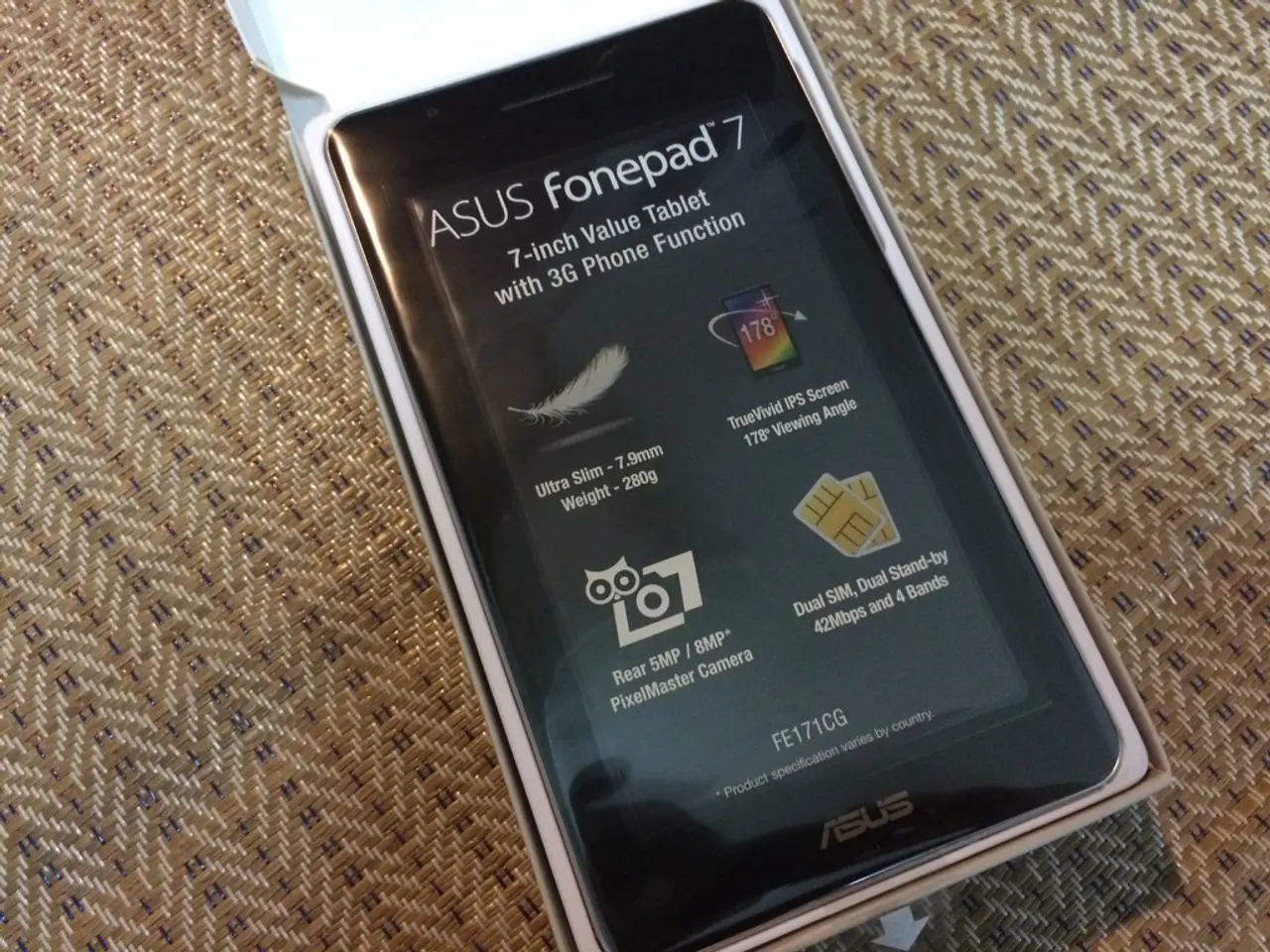Google Pixel as a potential alternative to Nothing Phone (3) if it fails to deliver a 'true flagship' experience.
In the world of high-end smartphones, the term 'flagship' is often bandied about, with varying interpretations depending on the criteria used. While some companies focus on raw specifications, Google's Pixel series, including the latest Pixel 9 Pro, takes a different approach, prioritizing a balance of performance, software optimization, and usability.
Unlike some competitors who chase the highest raw specs, Google's Pixel phones, such as the Pixel 9 Pro, which uses Google's custom Tensor G4 chipset, deliver an excellent user experience. This approach has earned the Pixel 9 Pro accolades such as "Phone of the Year" in 2024[2].
Google's approach to flagship phones is centred around providing a "high standard of usability and functionality" with premium features, great cameras, and long software support (up to seven years)[1][5]. This contrasts with the recent debates sparked by the Nothing Phone (3), a device marketed as a "true flagship" but criticised for not matching typical flagship specifications like display resolution or chipset power.
Some commentators argue that Google Pixel phones may be more deserving of flagship status than Nothing’s offering because Pixels have consistently delivered a premium, refined experience without competing solely on specs[1][3].
Meanwhile, the Nothing Phone (3) has officially been launched this week, priced at $799 and will be available from July 15. Despite being marketed as the company's first "true flagship," it uses a lower-resolution display compared to other high-end devices and a Snapdragon 8s Gen 4 chipset, which is considerably less powerful than other high-end devices[4].
Google has also been in the news recently, announcing a new update for the Pixel 6a, scheduled to roll out on July 8, which includes a "battery management" feature. In a move that has raised eyebrows, Google has removed Pixel 6a factory images prior to the mandatory battery update[6].
The Nothing Headphone (1) has also been launched, priced at $299 and will be available from the same date. It boasts a wild design and up to 80-hour battery life.
As the debate around the Nothing Phone (3)'s branding as a "true flagship" continues, it invites us to question whether Google Pixel phones are actually flagship devices. With their focus on software, balanced hardware, and a premium user experience, it seems they might just be.
Elsewhere in the tech world, leaks about the Nintendo Switch 2 and Tesla Oasis Supercharger with solar farm and off-grid batteries have been making waves. Meanwhile, details about Samsung's Unpacked event, including the Galaxy Z Fold 7 and Galaxy Z Flip 7, have also been leaked[7].
[1] https://9to5google.com/2023/06/20/nothing-phone-3-review/ [2] https://www.techradar.com/reviews/google-pixel-9-pro [3] https://www.theverge.com/2023/06/20/23194483/nothing-phone-3-review-nothing-nothing-phone-3-review [4] https://www.androidcentral.com/nothing-phone-3-review [5] https://www.wired.com/review/google-pixel-6a/ [6] https://www.androidauthority.com/google-removes-pixel-6a-factory-images-967541/ [7] https://www.gsmarena.com/samsung_unpacked_2023-10276.php
In contrast to the Nothing Phone (3), which veers from traditional flagship specifications, Google Pixel phones like the Pixel 9 Pro, with their balanced hardware and premium user experience, seem to earn the "flagship" title more genuinely. Instead of relying solely on high raw specs or cutting-edge components, Google prioritizes a blend of performance, software optimization, and usability.




